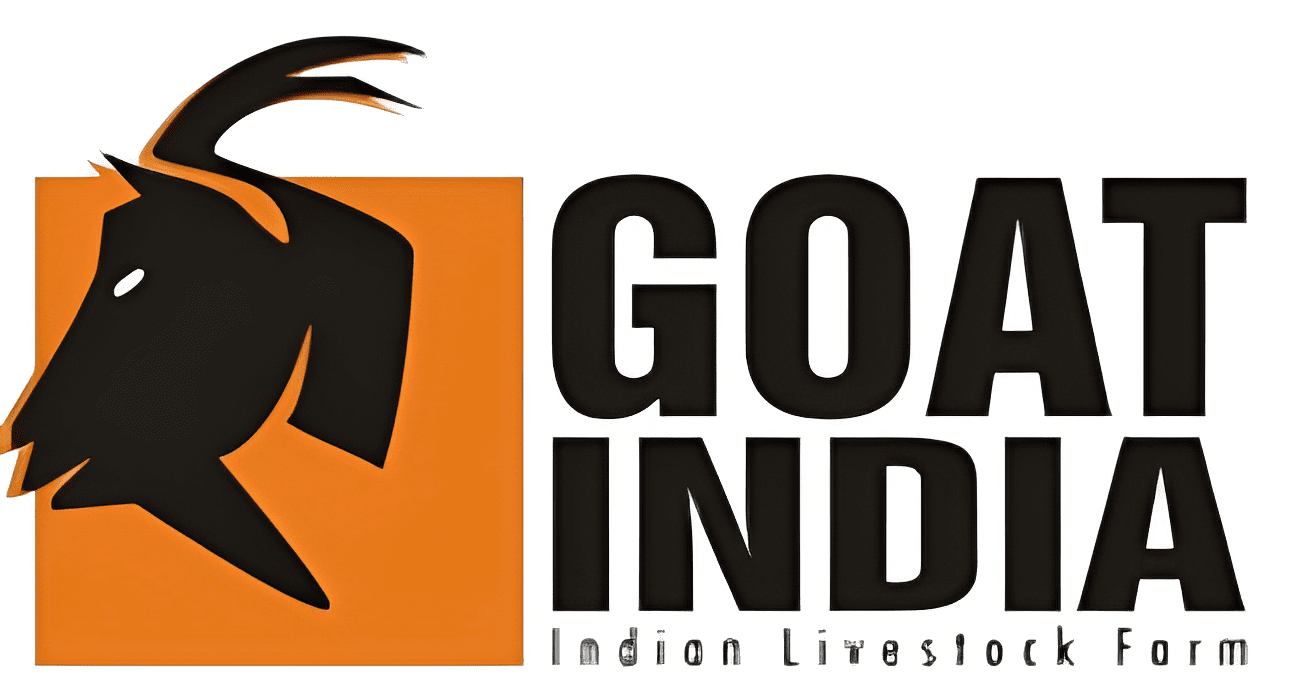Sojat Goat
Premium cashmere-producing breed from North Gujarat, renowned for luxurious fleece, exceptional meat quality, and remarkable adaptation to arid mountainous terrain.
Complete Sojat Goat Knowledge Hub
Native to Sojat area of North Gujarat with populations found in Rajasthani belts of Sojat, Phalodi, Pipar, and Jodhpur. Also present in Haryana and Himachal Pradesh. Developed from Jamunapari-Hyderabadi crossbreeding programs.
Two color varieties: white and black Sojat goats. White belly and legs with grey or black coat. Distinctive white hair line from tail to muzzle. Skin tones range from pale tan to dark brown with small, round hooves.
Both sexes born with lengthy horns due to dominant gene. Males develop characteristic large, curled horns that are the breed’s most notable feature. Horns contribute to their regal appearance and breed identification.
Distinctive and luxurious fleece with minimal fat content. Consistent texture from fiber to fiber due to non-excessive grazing. Wild-rearing develops natural predator avoidance instincts while maintaining fleece quality.
Need well-ventilated and spacious shelter for protection from adverse weather. Room to roam reduces stress and improves performance. Adequate space allocation prevents overcrowding and maintains herd health.
Prefer leguminous feeds like Lobia, Berseem, and garlic. Well-rounded diet including grains, forage, and minerals essential for reaching genetic potential. Energy-rich fodder provides protein requirements for optimal growth.
Feed colostrum within first hour containing anti-infective properties and essential vitamins A, D, copper, iron, manganese, and magnesium. Start milk intake at 400ml daily, gradually increasing throughout first month.
Regular inspection and vaccination essential for disease prevention. CDT or CD&T vaccine against Clostridial infections. Tetanus vaccination at birth with boosters at 5-6 weeks, then annually. Proper management maximizes profitability.
Premium raw cashmere production due to favorable environment and high-quality nutrition. Luxuriously soft wool with silky fleece texture. Annual yield averages 200 grams of high-grade cashmere per animal.
Exceptional meat quality with soft, succulent, and well-marbled texture. High demand in local and foreign markets. Rapid growth rate achieves optimal weight in short timeframe for efficient meat production.
Males reach 35-45 kg at 9-12 months, females 25-30 kg. Optimal slaughter age balances meat quality with feed efficiency. Well-marbled meat texture commands premium prices in specialty markets.
Both cashmere and meat production provide multiple revenue streams. Muscular build responds well to training. Strong legs suited for mountainous terrain while maintaining production efficiency.
Thrive on low-maintenance grasses without requiring extensive grazing space. Farmers save on veterinary costs due to hardy nature. Reduced input costs improve overall profitability of operations.
Excel in chilly environments with easy adjustment. Obtain moisture from grasses, reducing water requirements. Well-suited to North Gujarat’s unique environmental conditions where few livestock thrive.
Support environmentally friendly agriculture in dry Rajasthan climate. Conservation measures needed to maintain cultural and genetic integrity. Balance economic success with environmental sustainability.
Regal demeanor and economic value ensure continued importance in cattle sector. Premium cashmere commands high prices. Specialty meat markets value unique texture and quality characteristics.
Essential Sojat Goat Knowledge
Unique Heritage
Sojat town in North Gujarat is famous for long-horned goats and superior wool production. Wild-rearing practices develop natural survival instincts while maintaining fleece quality. Dominant genes ensure consistent horn development across generations.
Cashmere Superiority
Favorable environment and high-quality nutrition produce raw cashmere with luxuriously silky texture. Non-excessive grazing results in fleece with minimal fat and consistent fiber quality. One of the world’s few regions where such quality is achievable.
Terrain Adaptation
Sturdy legs perfectly suited for rugged North Gujarat mountain terrain. Natural adaptation to harsh environments where few livestock species can survive. Excellent navigation of challenging landscapes while maintaining production.
Breeding Excellence
Developed from selective crossbreeding between Jamunapari and Hyderabadi goats. Genetic improvement programs focus on maintaining horn characteristics and fleece quality. Breeding stock valuable for improving local goat populations.
Water Efficiency
Remarkable ability to obtain moisture from grasses they consume, reducing water requirements significantly. Adaptation crucial for arid regions where water resources are limited. Efficient metabolism supports survival in challenging conditions.
Cultural Significance
Important part of local agricultural heritage with cultural and genetic integrity requiring conservation. Traditional rearing methods passed down through generations. Community benefits include economic success and environmental sustainability.
Sojat Goat Production Analysis
Start Your Sojat Goat Farming Journey
Master the art of premium cashmere and meat production with expert guidance and proven management techniques.


